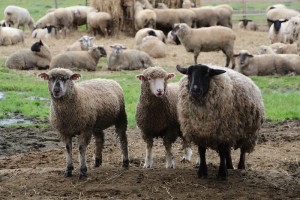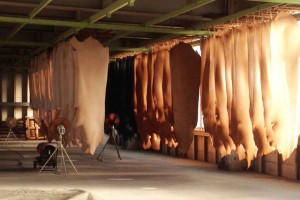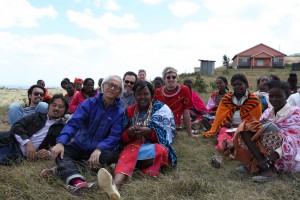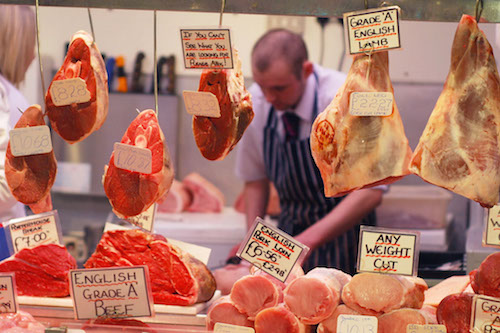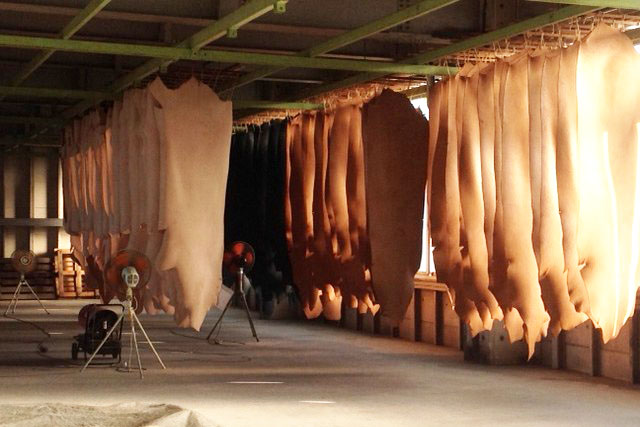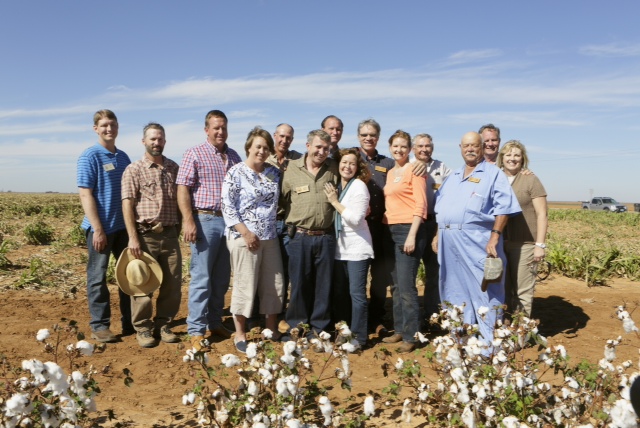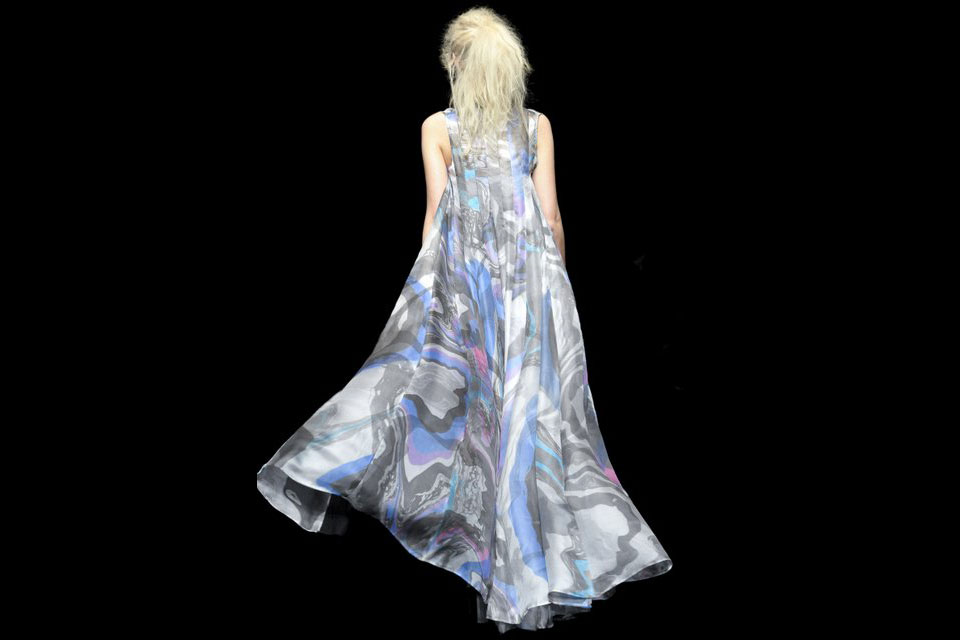Wool is a very familiar material for human beings. “Wool” is the name for hair from sheep. You can easily imagine the form of a sheep, but did you know that that white, thick, and woolly look is a result of breeding by human beings that began over ten thousand years ago?
Today, I would like to share what I have discovered about sheep and guide you in the profound world of wool.
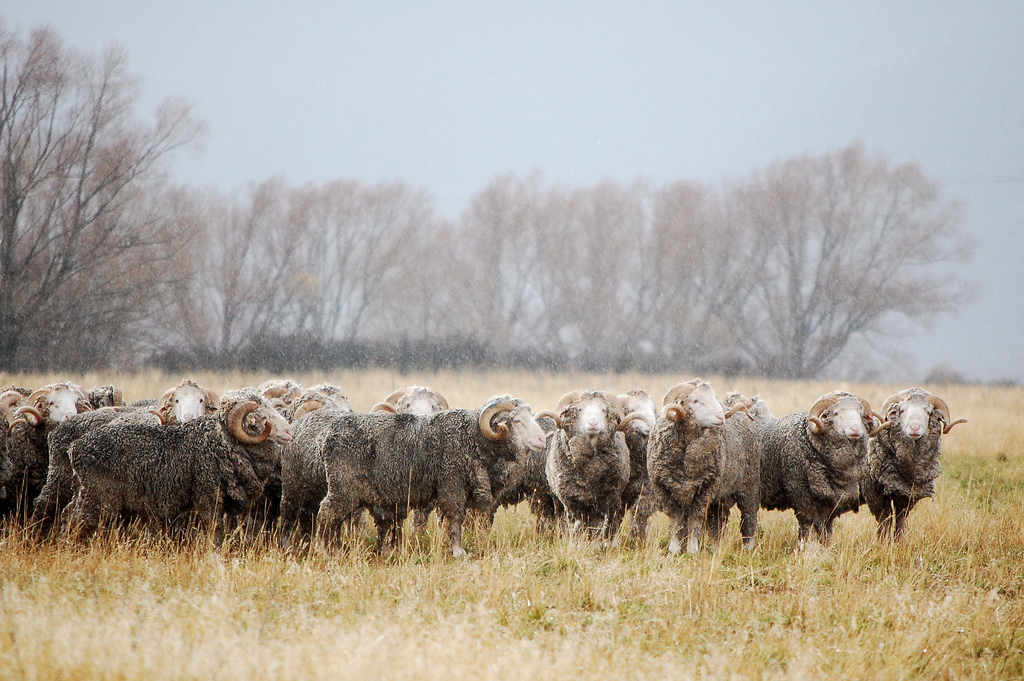
Herd of Merino Sheep (Some Rights Reserved by Daniel Pietzsch, Via Flickr)
Brief History of Sheep Farming
Stock farming of sheep started around 9000-7000 B.C. in one area of ancient Mesopotamia, currently near northern Iraq. The original strains of sheep are Mouflon and Argali, and, if you take a look at them, you can see that they are not at all fluffy or white. Since sheep are gentle, docile animals living gregariously in flocks, it was easy for humans to farm them and move them together. But more than that, sheep were important for humans because of their high utility. They offered humans a moving fiber mill, dairy mill, and meat mill, and this multi-purpose usefulness is thought to be a reason for the coexistence of humans and sheep from early times.
Sheep’s hair grew in two-layers; the upper long hair and the short wool. Originally, the upper hair was long but stiff and inconvenient for yarns. The original wool was soft, but it was also inconvenient as it was too short. The long history of breeding sheep, which began in ancient Mesopotamia, was to produce wool that is more convenient for spinning.
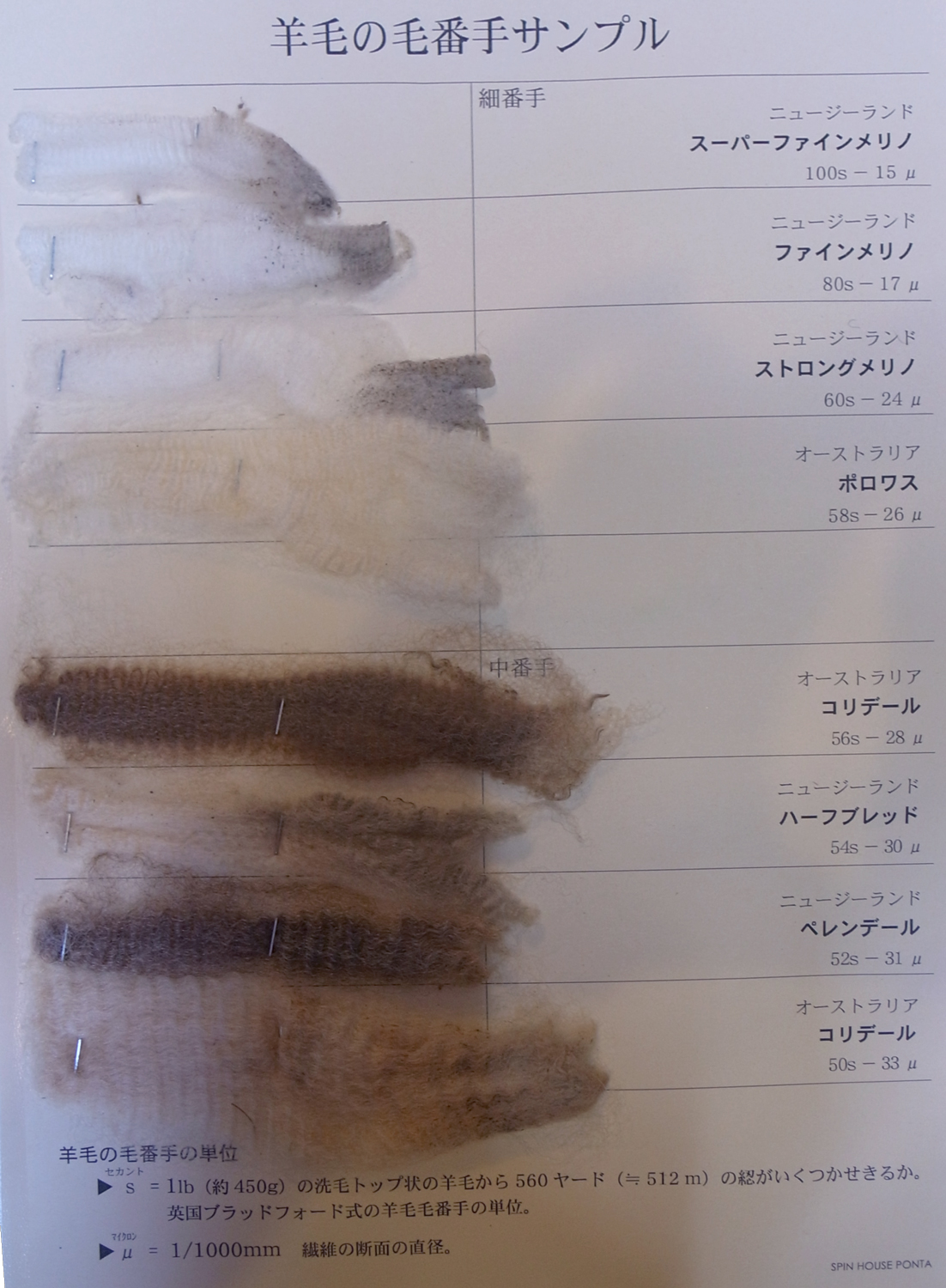
Sample of Various sheep Hair (Resource: SPINNUTS, Picture taken by Author)
Today, the wool that is most commonly used for clothing is the thin resilient wool of the Merino. The Merino is what you first imagine by the term “sheep.” After a long history of breeding, Merino sheep developed very long wool, as long as their original hair, and they are now praised economically for their soft, fine wool. The length of Merino wool is only around 10cm, but it looks fluffier than that. That is because humans have bred them to have a shrinked skin so that the surface area has increased and enabled more wool to grow on each sheep. If you shaved the wool, you would see how the sheep’s skin is tucked together.
Sheep Could Never Return to Wildlife
Sheep cannot shed wool by themselves. Many millennia ago, perhaps they were able to, but bred sheep lost their shedding ability after developments caused by humans. If they weren’t sheared, the wool would just go wild and the sheep could die from their own wool’s weight. It could also become verminous.
There are many strains of sheep in the world, and some of the sheep that have not been developed so much can still shed on their own. However, if we tried to carry out a wool business with those kind of sheep, it would require hard work collecting wool that has fallen off all over a vast farm. Unwanted things would also adhere to the wool, so there would be more hard work to remove them.
It is natural to think that it would be more efficient if humans sheared sheep during their season of shedding. However, this has led to sheep losing their shedding ability. Now, sheep could not live without human support.
Docking and Mulesing
Have you seen a sheep’s tail? It is short, but originally it was long. When I visited “Charo Sheep Farm” in Hokkaido, Japan, I saw newborn lambs with long scrawny tails.
If we left their tails natural, they would have fluffy wool on their tails, which could easily become infected by diseases. Also, it would get in the way of identifying the males and females during the mating season. Therefore, sheep’s tails are cut.
When I first discovered this, I was shocked and felt terribly sorry for the sheep. In fact, however, there seems to be nothing painful for sheep about docking. Soon after they are born, their tails are tightly tied up with rubber bands, and then the tail necroses naturally.
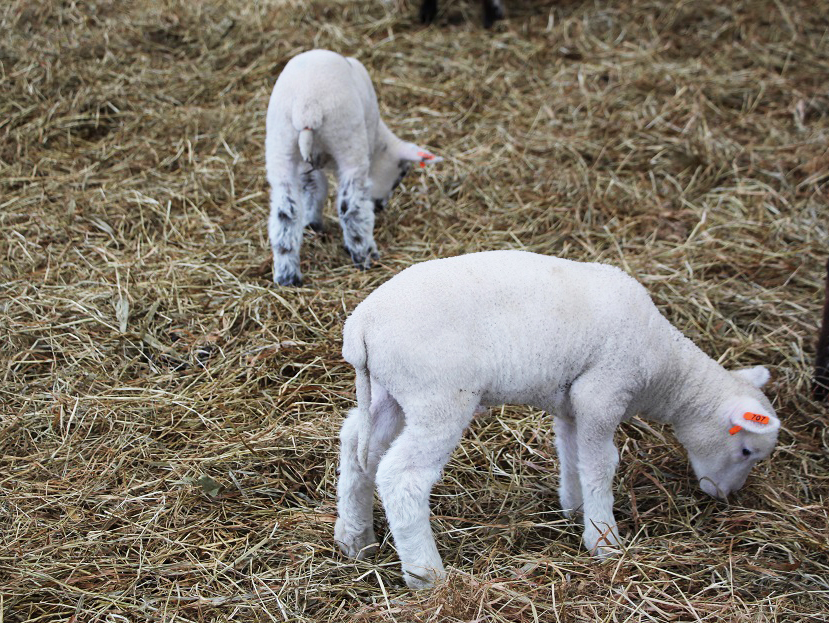
Baby sheep during docking. (taken at Charo Sheep Farm by the author)
Removing the skin around the buttocks is called mulesing. It is a common practice in Australian farms, but it is controversial for its brutality. Mulesing is done to prevent sheep from having flesh flies. Scraping off the skin must be painful indeed. But it would be even more painful and troublesome to have flesh flies. This is only my imagination, but perhaps ancient sheep were able to drive away the flies with their tails.
Historical Roots between Sheep and Humans
For many, many years, humans interacted with sheep. We can find the contribution of sheep in a large part of our lifestyles. The Industrial Revolution started off with the creation of the spinning machine for wool yarns, and this became central to the fashion industry as well.
When we think of the question whether the use of wool is ethical or non-ethical, we need to face the fact that humans have interacted with sheep’s natural bionomics in order to gain more from sheep. In order to judge if the use of wool is ethical or not, we need to judge whether our history has been right or wrong.
After ten thousand years of human breeding, sheep can no longer change back to their original form and bionomics. It is clear that conflicts and negative impacts will always occur when humans try to apply changes to the natural ecosystem. However, if we deny our past and judge that the breeding is “wrong,” this means we deny and condemn our own history.
Some people say: “docking and mulesing are very brutal activities, so wool is not an ethical material.” On the other hand, some people say: “wool is a biodegradable material, so its usage is ethical.” Both statements are so true and yet contradict one another. I believe this contradiction is caused because we contradictory humans have interacted so much with sheep.
Is using wool in fashion right or wrong? How much is a decent amount to use? Which types of wool should I use? Even now I have not been able to find answers to these questions. I still need to know more about sheep and wool. And when I understood the whole story, maybe I will come up with the answer.
Next time that you have wool items around you, please think of our long history with sheep. I am sure it will give you another perspective for seeing our modern lifestyle.





